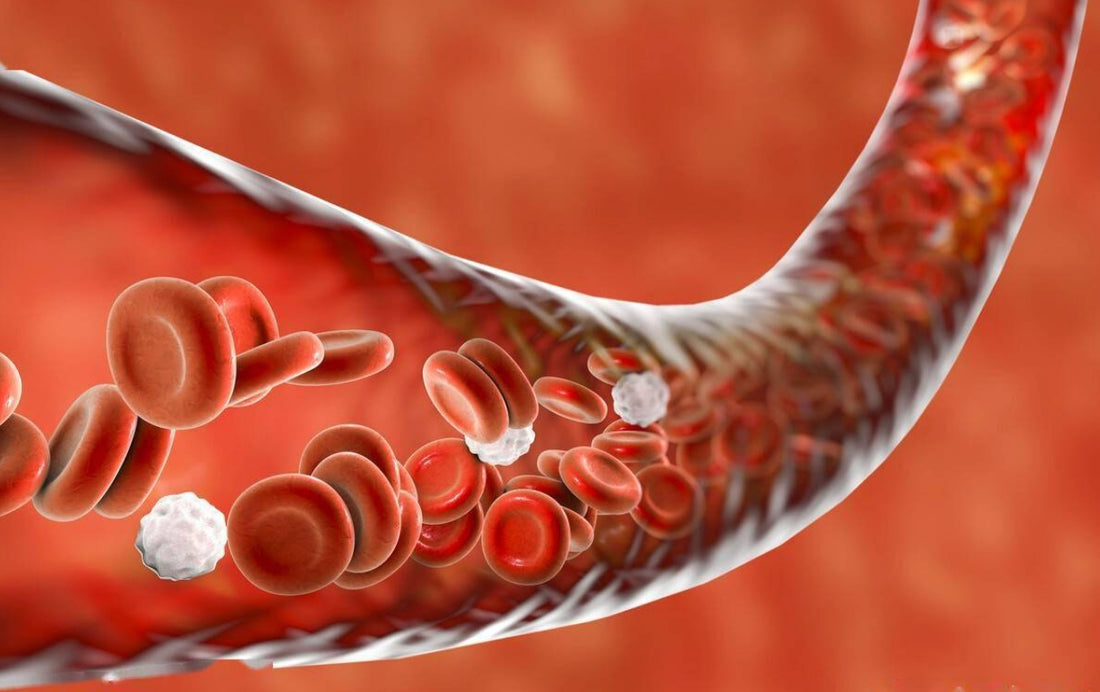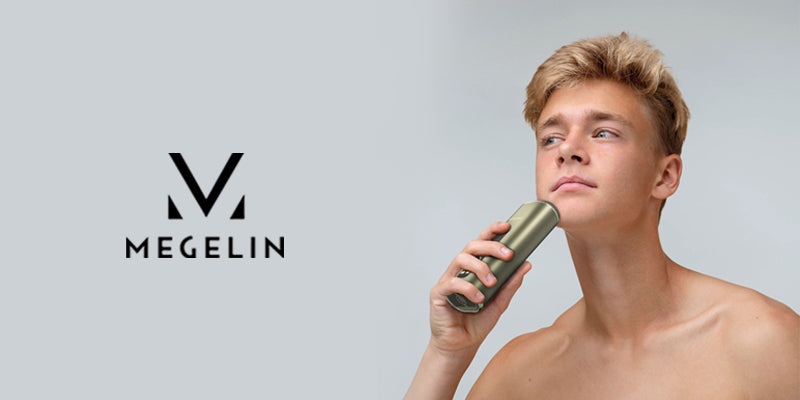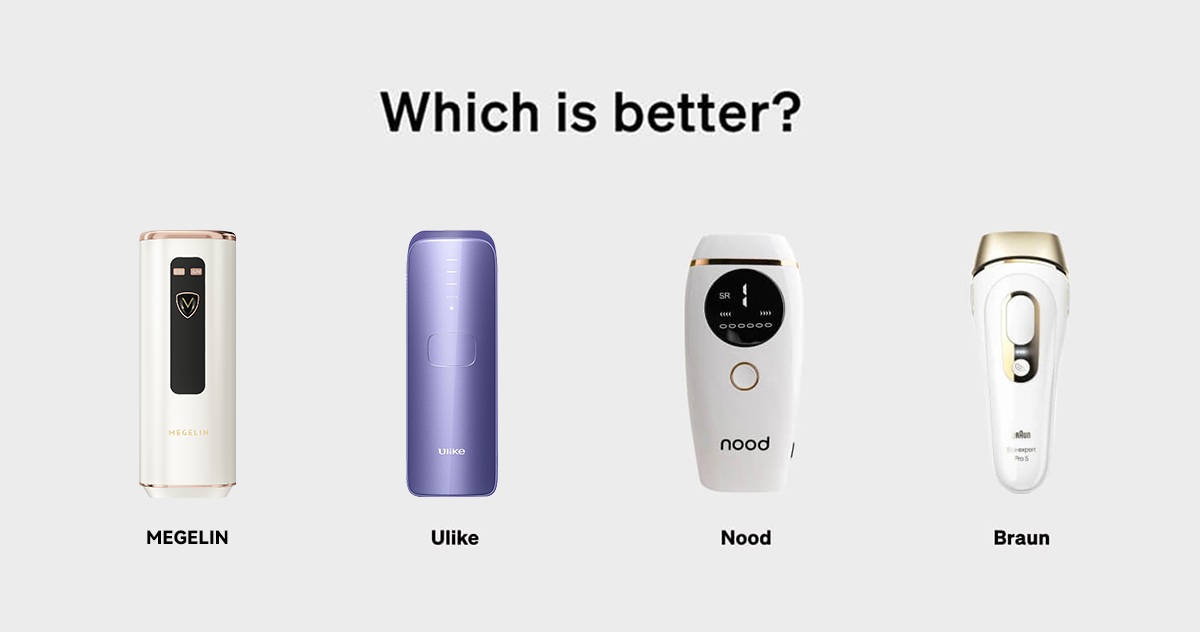
Can Red Light Therapy Regrow Gums? An In-Depth Guide
2MegelinIn the quest for optimal oral health, the question of can red light therapy regrow gums has garnered significant interest among dental professionals and patients alike. This innovative approach, hinging on the principles of cellular repair, ATP production, and tissue repair, promises a non-invasive treatment option for those battling periodontal diseases. Red light therapy, distinguished by its ability to penetrate deep into tissues, encourages gum regeneration and combats oral bacteria, offering a beacon of hope for those seeking alternatives to traditional surgical interventions.
This in-depth guide will explore the foundations of red light therapy, its application in enhancing gum health, and how to harness its full potential for oral care. Readers will gain insights into the mechanisms through which light therapy for gums stimulates periodontal health, the effectiveness of red light therapy for teeth, and best practices for incorporating this treatment into their oral hygiene regimen. Understanding the antimicrobial effects, the scope of gum regeneration, and the overall benefits of red light therapy for gums, this article will provide a comprehensive roadmap for anyone looking to explore this avant-garde solution to dental health challenges.
Understanding Red Light Therapy
Mechanisms of Action
Red Light Therapy (RLT) operates by exposing skin to low wavelength red light, which does not produce heat but penetrates the skin to enhance mitochondrial function in cells. This process potentially boosts the energy production of mitochondria, the powerhouses of cells, thereby improving cell function and promoting repair and rejuvenation. The light emitted from LEDs, preferred over lasers due to their non-ablative and non-thermal properties, is believed to stimulate various cellular processes including increased blood flow, reduced inflammation, and enhanced collagen and fibroblast production [1].
Benefits of Red Light Therapy
Research indicates several health benefits associated with RLT. It has been found effective in promoting wound healing, tissue repair, and could potentially reduce side effects of cancer treatments like oral mucositis and radiation dermatitis. Moreover, RLT may aid in improving hair growth in conditions such as androgenic alopecia and might provide relief from conditions like carpal tunnel syndrome and psoriasis. Studies also suggest its utility in improving skin complexion, boosting collagen to reduce wrinkles, and even aiding in the treatment of acne by reducing inflammation [1] [2].
Safety Considerations
While RLT is generally considered safe and painless, it is crucial to adhere to proper usage guidelines to avoid potential risks such as burns, lesions, or eye damage. These risks are typically associated with misuse such as prolonged exposure, using the device while asleep, or device malfunction like broken wires. Although RLT does not use ultraviolet light, which is known for causing cancer, it is still advisable to use protective goggles during treatment to safeguard against any potential eye damage [1] [2].
Red Light Therapy and Gum Health
Effects on Gum Inflammation
Red Light Therapy (RLT) is recognized for its efficacy in reducing inflammation within the gums. This therapy enhances blood circulation and stimulates cellular activity, which in turn helps in decreasing inflammation and promoting the health of gum tissues. Research has shown that RLT can significantly mitigate the symptoms of periodontal diseases by reducing tissue destruction and enhancing overall oral health [3].
Regeneration of Gum Tissue
RLT facilitates the regeneration of gum tissue by promoting the growth of new cells and improving cell function. It employs low-level lasers to stimulate the damaged cells in the gums, fostering healing and reducing pain. This non-invasive treatment is beneficial for treating receding gums, as it encourages tissue growth and reduces gum recession through increased blood flow and collagen production [3].
Case Studies and Research Evidence
Various studies have demonstrated the positive effects of RLT on gum health. For instance, RLT has been used as an adjuvant during hygiene appointments to improve outcomes in children with chronic gingivitis. It has also shown improved clinical outcomes in treating severe periodontitis when used in conjunction with scaling and root planing. These improvements are generally attributed to the therapy’s ability to decrease bacterial burden and inflammatory markers [4]. Moreover, clinical trials have indicated that RLT can expedite the regeneration of both hard and soft tissues in dental procedures, providing substantial support for its use in oral health management [4].
How to Use Red Light Therapy for Gum Health
In-Office Treatments
Red Light Therapy for gum health can be administered professionally in dental offices. These treatments typically use more powerful devices that are calibrated specifically for oral health. Dentists may recommend a series of sessions depending on the individual's condition and the severity of their gum issues.
At-Home Devices
For those preferring a more convenient approach, at-home red light therapy devices are available. These devices are generally handheld and less intense than their in-office counterparts. Users should carefully follow the manufacturer's instructions to ensure safety and effectiveness. Regular maintenance of the device, including proper cleaning and storage, is crucial to prevent any potential hygiene issues.
Frequency and Duration of Treatments
The frequency and duration of red light therapy sessions can vary. Typically, it is suggested to undergo treatment for 2-3 times per week, with each session lasting about 10-15 minutes. Consistency is key in achieving visible results, and the total duration of treatment might span several weeks to months, depending on the specific dental health goals and initial gum condition.
Conclusion
Embarking on the journey of understanding red light therapy reveals its promising potential in the realm of dental health, particularly for gum regeneration and overall oral wellness. Throughout this guide, the foundational principles, benefits, and safety considerations of red light therapy have been thoroughly explored, emphasizing its significant role in enhancing gum health and mitigating periodontal diseases. The evidence presented underlines the therapy's effectiveness in reducing inflammation, promoting tissue repair, and providing a non-invasive alternative to traditional treatment methods, thereby reinforcing its value and applicability in today's oral health practices.
As we conclude, it's evident that red light therapy stands as a beacon of innovation for those seeking to improve their gum health without resorting to surgical solutions. By integrating this treatment into oral healthcare routines, individuals can harness the power of light to invigorate cellular activity, accelerate healing processes, and embark on a path towards healthier gums and a brighter smile. With ongoing research and technological advancements, red light therapy continues to illuminate the possibilities for enhanced oral health, signaling a hopeful horizon for those affected by gum conditions and beyond.
FAQs
1. Is it possible to reverse gum recession?
Yes, with regular dental check-ups, diligent oral hygiene, and early intervention, it is possible to shrink gum pockets and promote gum reattachment, improving overall oral health. Brushing and flossing twice daily are crucial for maintaining good oral hygiene.
2. Can gums be stimulated to regrow?
Unfortunately, once gums have receded due to conditions like periodontitis, the most severe form of gum disease, they cannot regrow. While you cannot reverse gum recession, treatments are available to prevent further deterioration.
3. Can gum tissue be regenerated?
Regenerating gum tissue to its original position after damage is not possible. However, a periodontist can create a treatment plan that may involve surgically adding new tissue to protect the tooth structure from further damage.
4. Is it possible to reverse the condition of red gums?
Yes, gingivitis, which often causes red gums, is reversible with proper oral care and maintenance. However, if left untreated, it can escalate into more serious gum diseases. Regular dental care and good oral hygiene practices are essential to prevent its recurrence.
References
[1] - https://www.healthline.com/health/red-light-therapy
[2] - https://www.webmd.com/skin-problems-and-treatments/red-light-therapy
[3] - https://www.implantcenterofmiami.com/content/red-light-therapy-for-receding-gums-miami
[4] - https://www.perioimplantadvisory.com/clinical-tips/article/14296197/red-light-therapy-a-comprehensive-overview-for-dental-professionals









